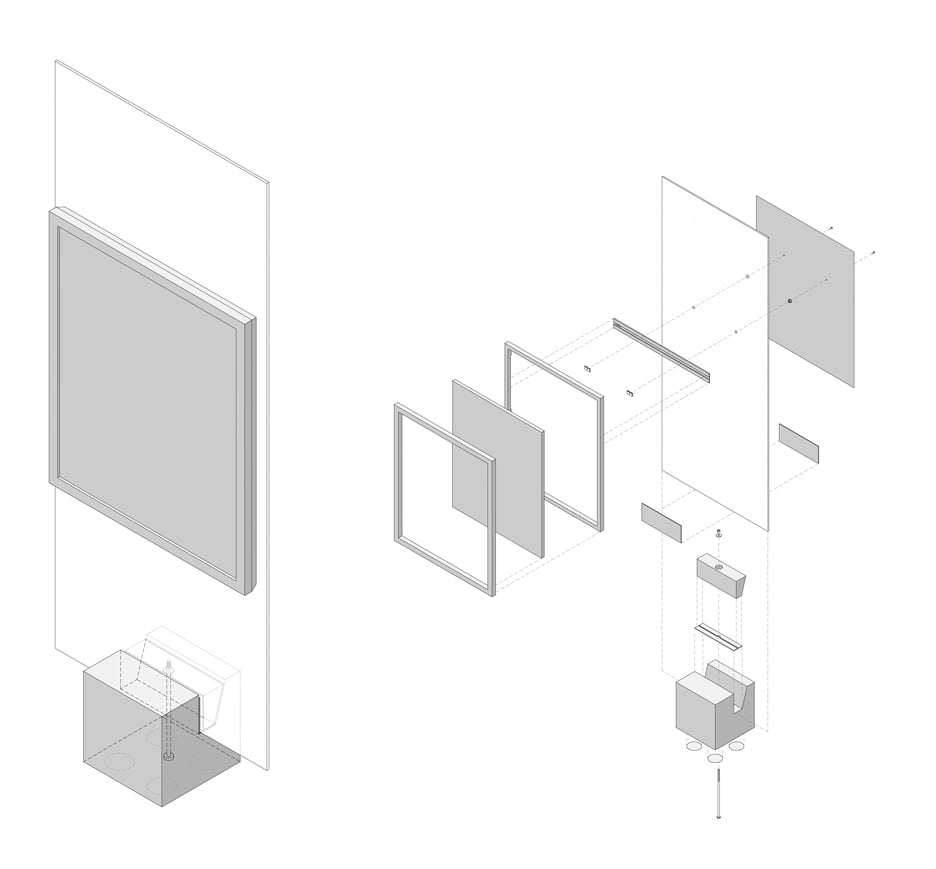Lina Bo Bardi’s "radical" glass easels revived for exhibition of Brazilian art
The São Paulo Museum of Art is recreating a 1968 exhibition design by Brazilian Modernist Lina Bo Bardi, with updated versions of her glass and concrete easels.
São Paulo based Metro has recreated more than 100 of the easels – which featured a pane of glass supported by a concrete cube – by examining pieces that remained from the originals.
The São Paulo Museum of Art (MASP) commissioned the updated easels to recreate an original exhibition design by the architect for a new show of 117 artworks from 400 BC to the 2000s.
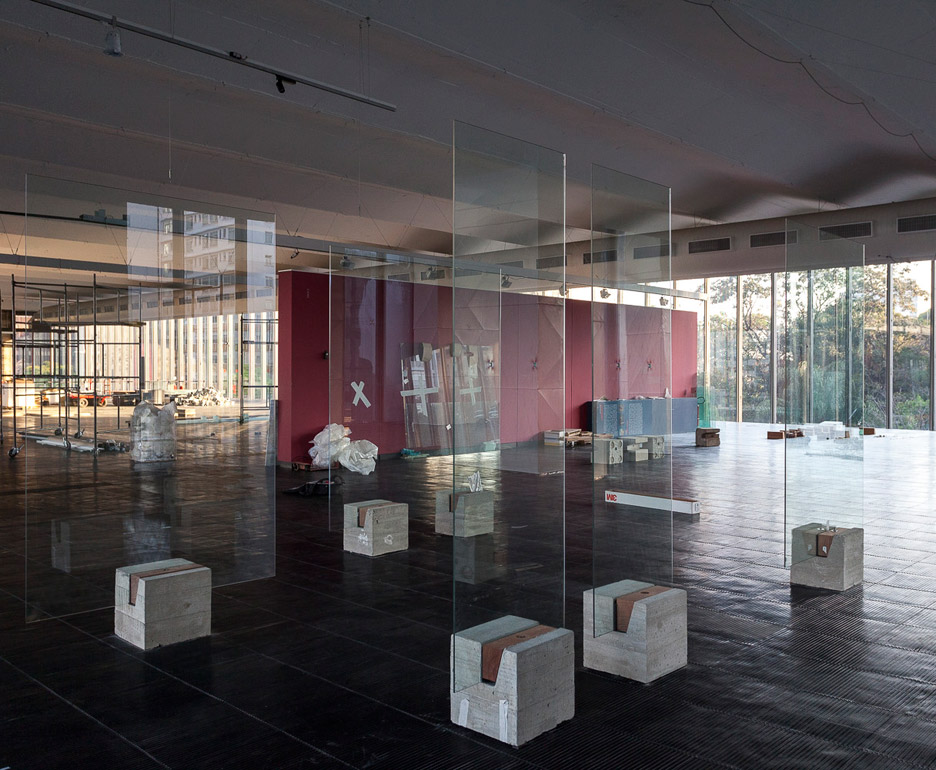
"The easels were withdrawn in 1996 but are now returning in the context of the recovery of the architect's designs for MASP," said the museum.
"Recent generations will thus be able to observe at first hand a radical exhibition design that has persisted in the imagination of the Brazilian and international public throughout the last 20 years, though known to the museum’s younger visitors only through photographs or documentation."
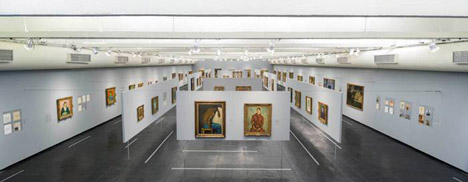
Bo Bardi – born in Italy in 1914 – moved to Brazil in 1946 with her husband Pietro Maria Bardi, who founded MASP with Assis Chateaubriand the following year. Bo Bardi designed the museum's building on Avenida Paulista, as well as a number of social housing and private projects.
Her work has only recently become more widely recognised, prompting the revival of product designs including a door handle from her 1951 house and a bowl-shaped chair from the same year. Last year, photographer Leonardo Finotti documented eight of the architect's most important buildings to mark what would have been her 100th birthday.
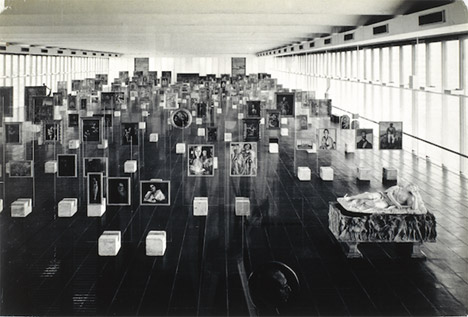
MASP's artistic director Adriano Pedrosa is aiming to recover and revive a number of Bo Bardi's original creations for the museum. Previous shows this year also resuscitated exhibition designs by the architect.
"All of these exhibition designs anticipated the qualities of transparency, lightness and suspension, without divisions into rooms or rigid timelines – the same approach that was later applied to the design of the easels," said the museum.
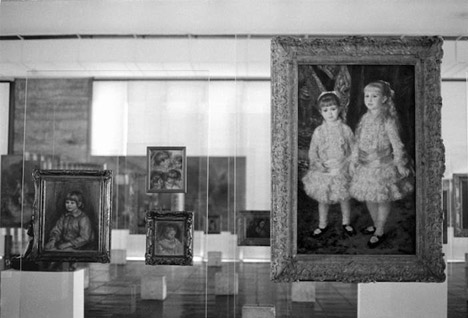
With the glass and concrete easels, the architect intended to create a non-linear exhibition by suspending artworks throughout the space instead of mounting it on the walls.
"The architecture becomes wide, open, transparent, fluid, and permeable, with multiple possibilities for access and reading," said MASP.
Metro has recreated keys aspects of Bo Bardi's design, including using a wooden wedge with a rubber skin to fix the glass to its concrete base. Information about each artwork is displayed on the back of the glass pane.
Updates include standardising the allocation of holes drilled into the glass panes – originally specific to the individual piece on display – which are used to attach the artworks using a metal bar.
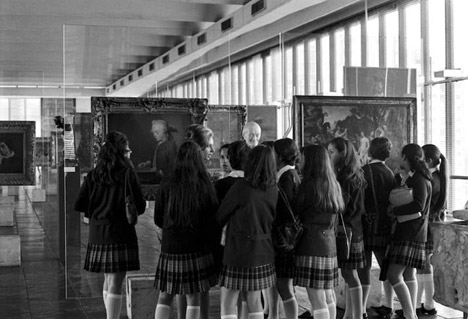
Neoprene washers were added to stabilise the easels and dampen vibrations that may cause damage to the art.
The exhibition opens on 11 December on the second floor of the museum.
